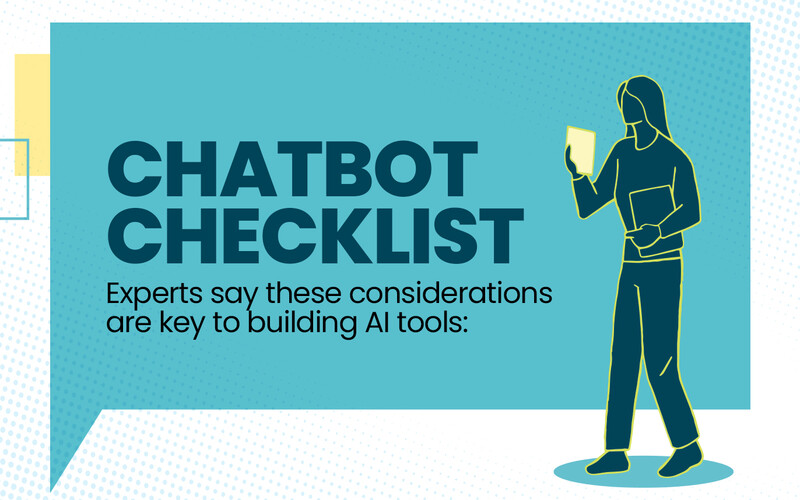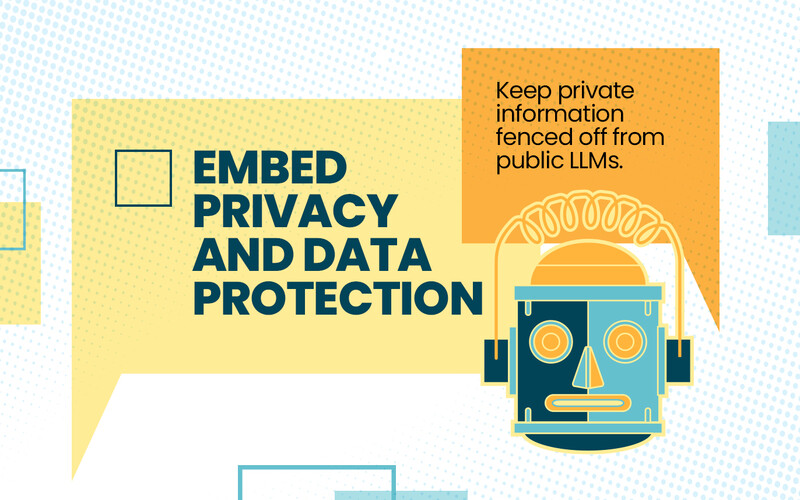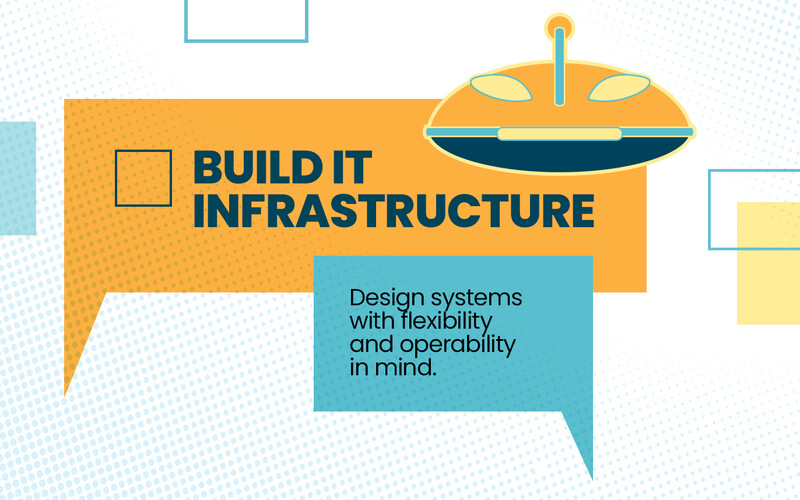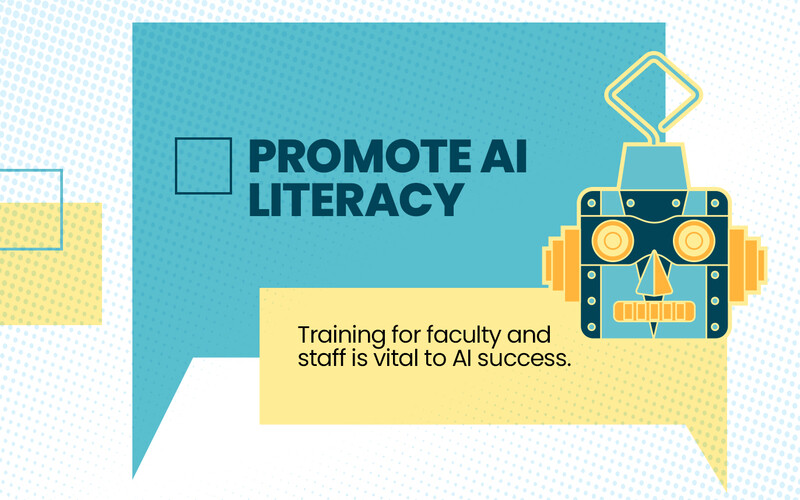According to a recent EDUCAUSE report, 37% of colleges and universities provide institutionwide licenses for chatbots, and 14% have their own homegrown bots.
Implementing these tools requires IT and educational leaders to carefully consider factors such as data privacy, pedagogy and infrastructure, while the technology itself continues to evolve at a dizzying pace.
Here’s how three institutions are navigating the challenge.
University of Michigan Offers Several AI Services to Staff and Students
In August 2023, before OpenAI had even introduced its enterprise offerings, the University of Michigan launched UM-GPT, becoming the first higher education institution to offer AI services at scale.
The creation of the platform, which provides secure access to commercially available large language models through the university’s private Microsoft Azure environment, illustrates Michigan’s proactive approach to embracing AI while maintaining control over the university’s data.
“There are going to be both opportunities and challenges,” says Ravi Pendse, vice president for IT and CIO. “But on balance, this will be a force for positive disruption.”
In the past two years, the university has also launched U-M Maizey (a codeless platform that allows users to create custom AI experiences by uploading their own data sets) and Go Blue (a mobile app that serves as an AI assistant for campus life). Right now, Pendse’s team is getting ready to launch GoToCollege, a public-facing chatbot that will connect students across the country with scholarship opportunities.
“Now, students have access to tutoring 24/7,” Pendse says. “They can find protein-rich meals on campus or up-to-date information about bus routes. All that information is coming together through AI assistants.”
The tools have seen rapid adoption across campus. Faculty can integrate Maizey with the university’s learning management system to set up course-specific AI tutoring in just a few minutes. There are now more than 3,500 Maizey instances in production across academic departments and in operational offices such as procurement and HR. The platform uses retrieval-augmented generation to prevent hallucination.
















